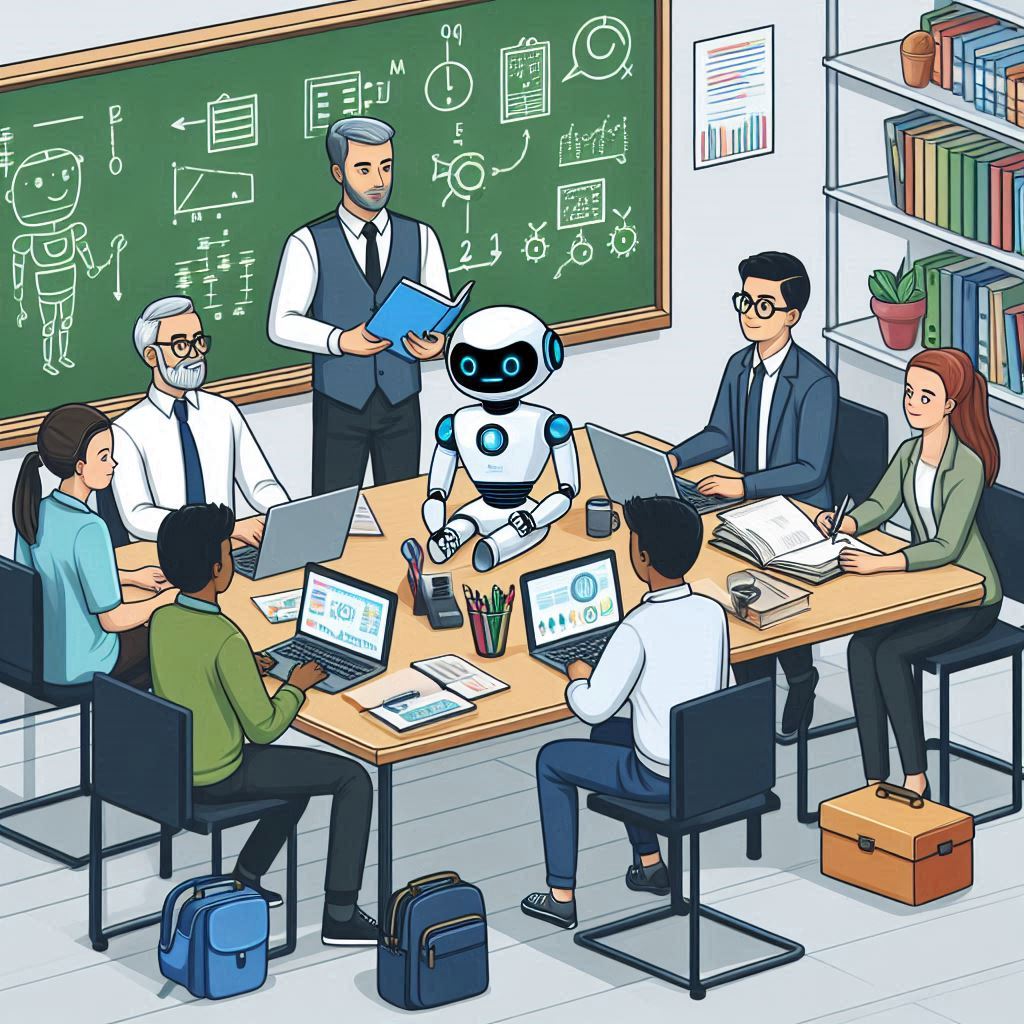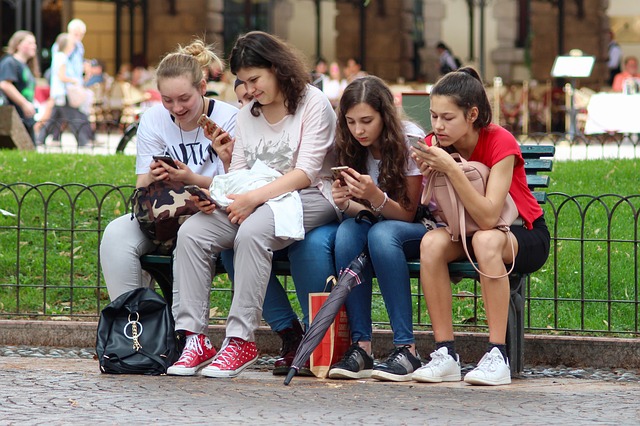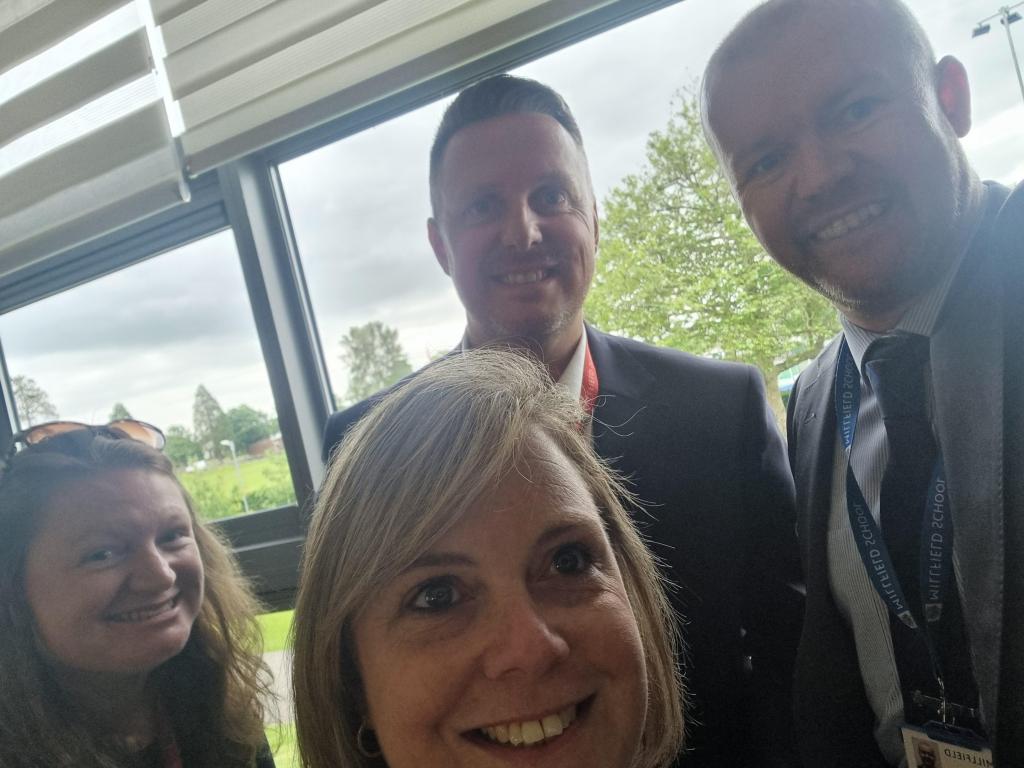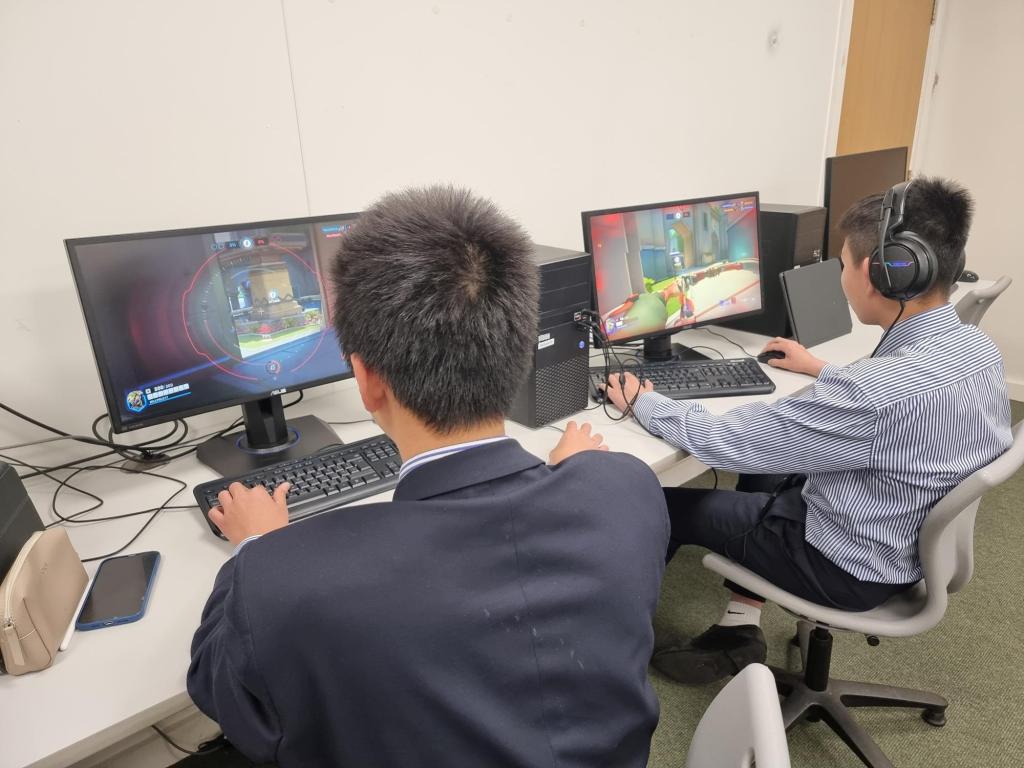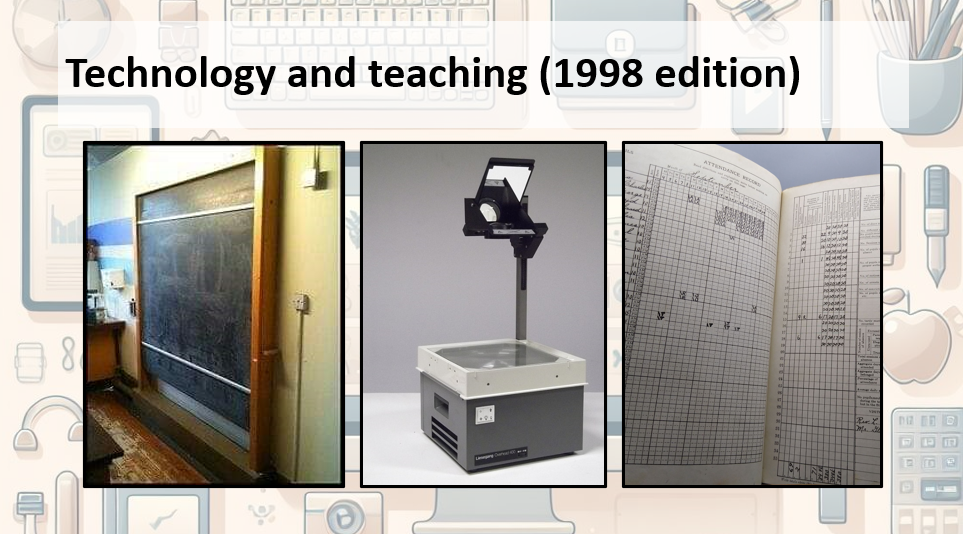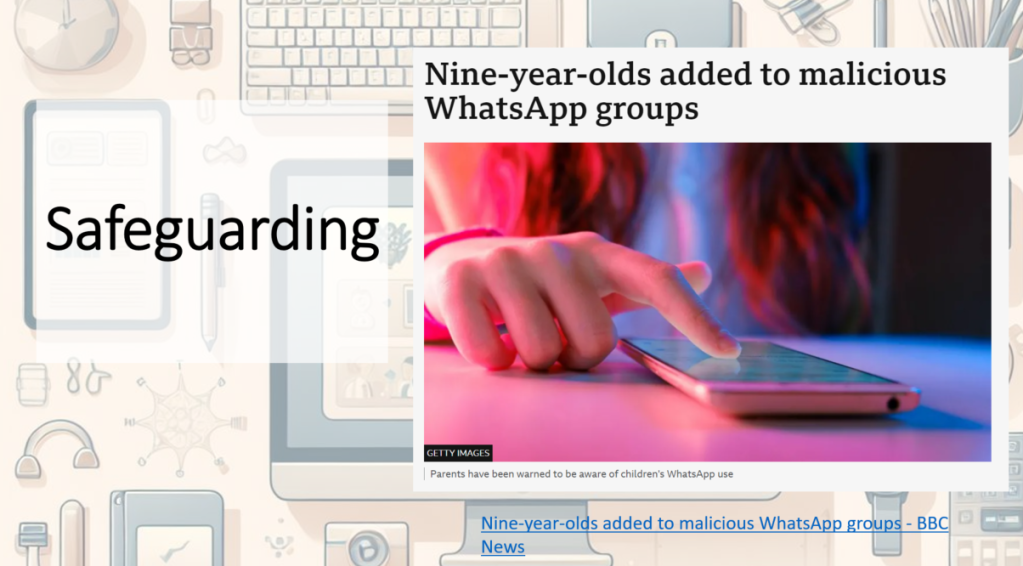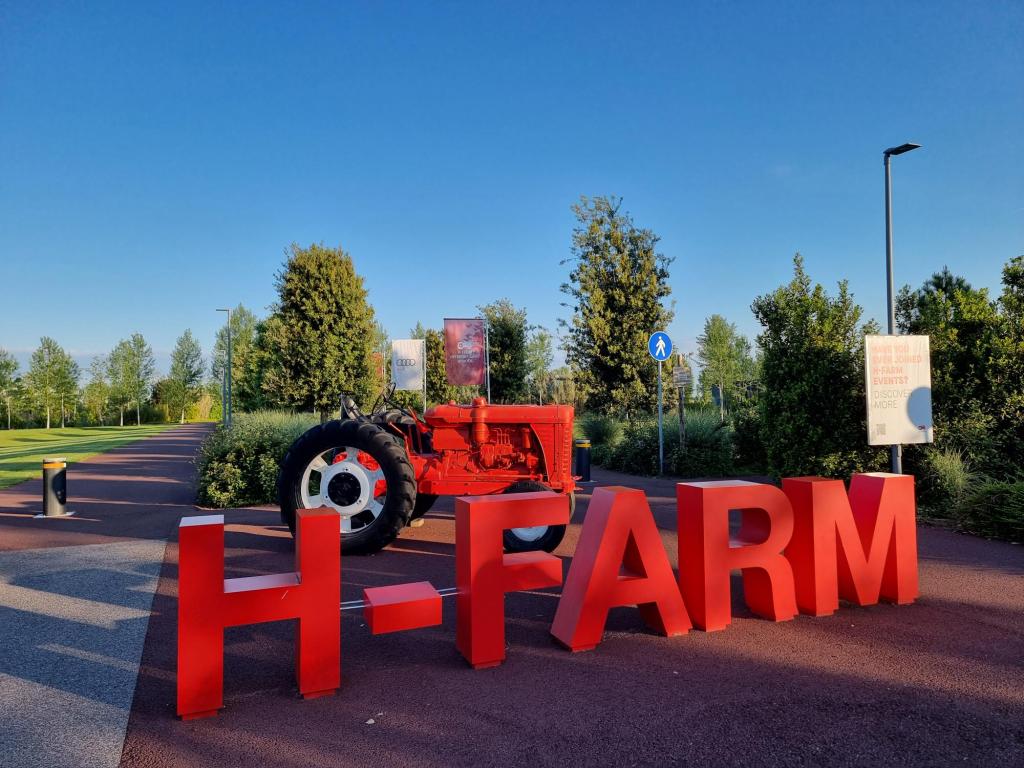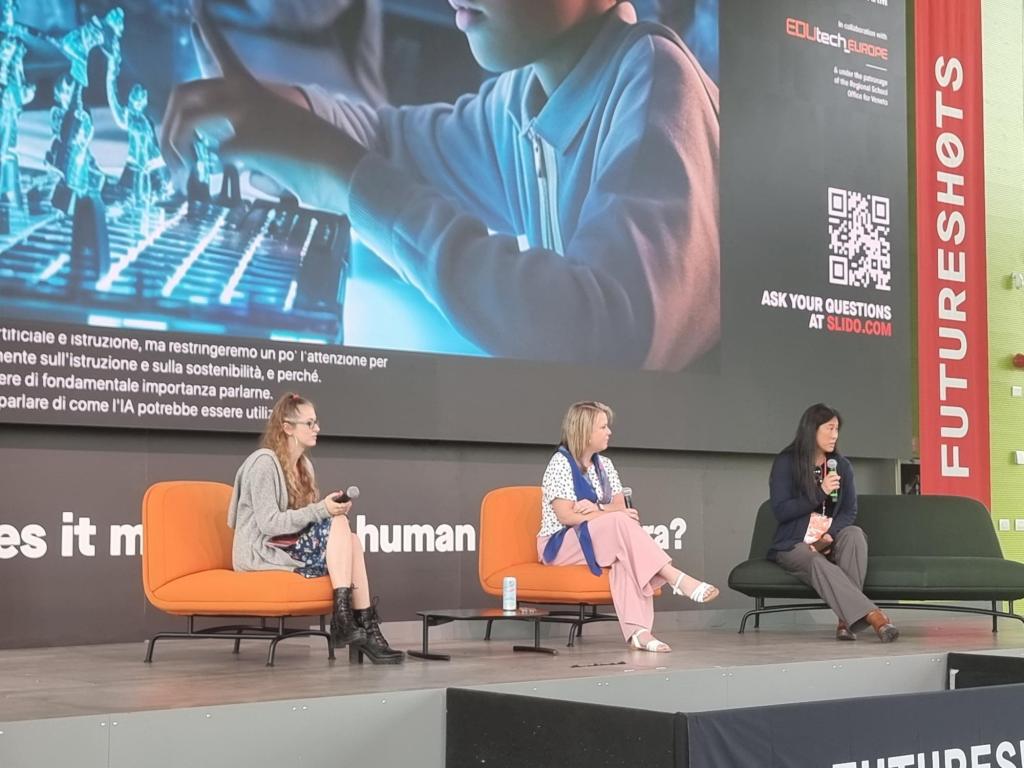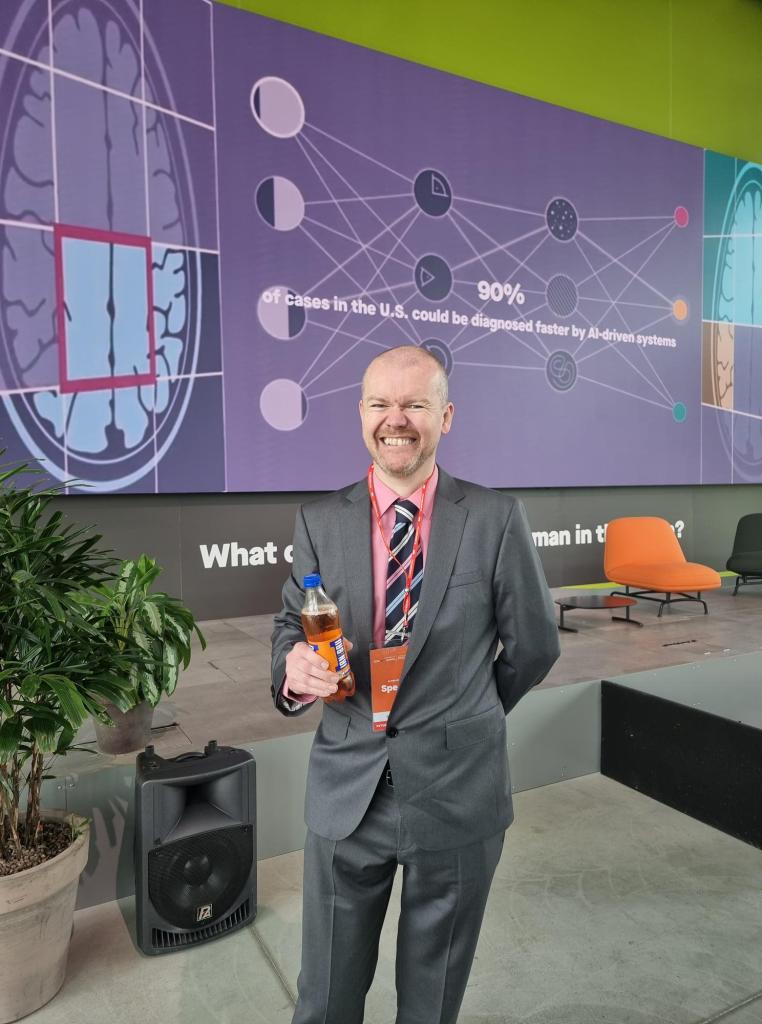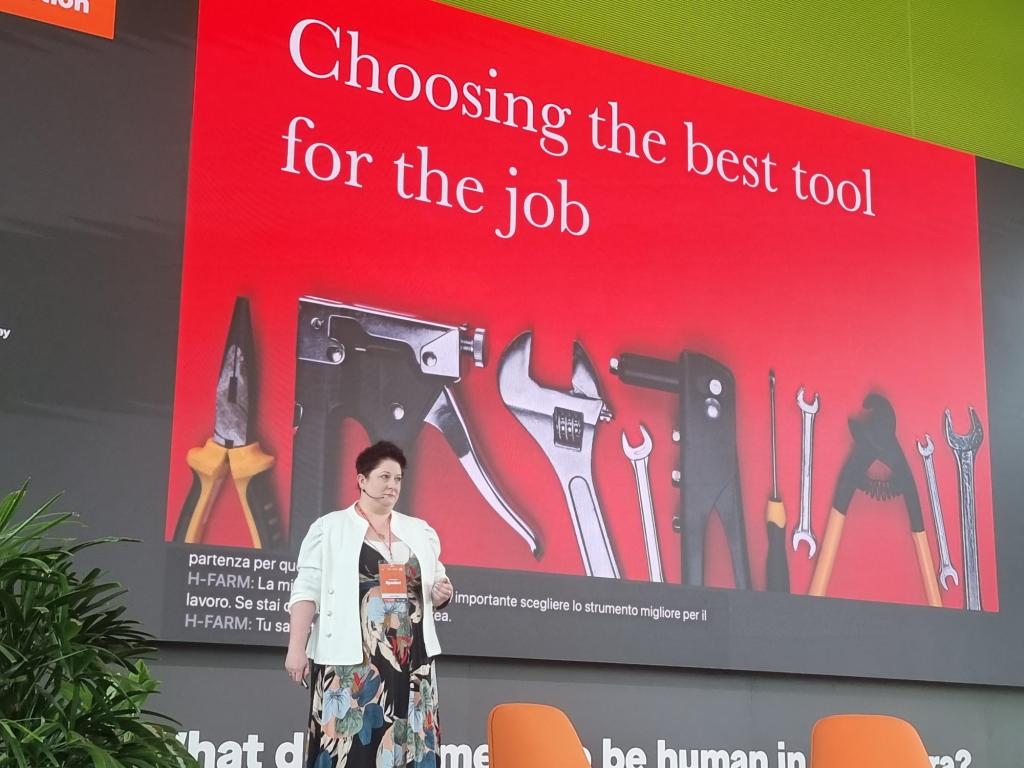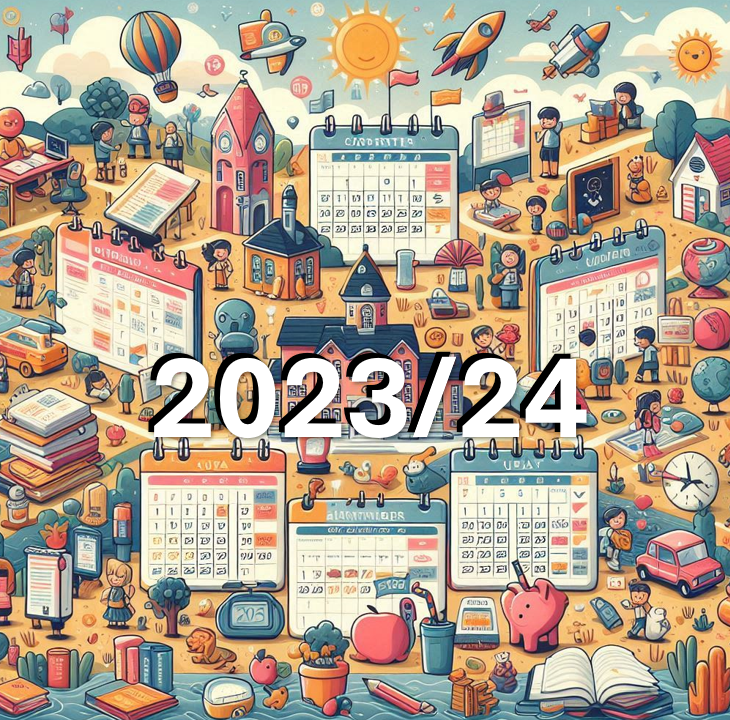
And so another academic year draws to a close so I thought I would share some initial reflections:
Artificial Intelligence (AI)
AI continued to be a big topic of discussion throughout 2023/24 and saw me speaking to school leaders, teachers but also to school support staff on its potential as well as the risks and challenges. I think like a lot of Tech AI has those which are heavily engaged and supportive of its use, then a larger body with are unsure or reluctant, followed by those that are anti and against its use. As such at the moment the impact of AI when viewed generally, may appear less than its potential or what those positive about AI are proclaiming. For me it is about getting more staff experimenting and finding out how AI can benefit them in schools, often in little and simply ways rather than the flash examples we often see. Personally, I am slowly introducing greater use of AI into my various workflows and in doing so seeing benefits in time saved but also, and possibly more importantly, on the quality of outputs. By using generative AI to assist me, AI and I (??) are coming up with more ideas, using a wider vocabulary range, creating better graphics and reducing errors among other things. Two heads, even if one is a headless AI, are better than one!
Digital Divides
I have already mentioned AI and generative AI but it represents yet another aspect to the issue of digital divides. Technology, and generative AI has such potential to enable greater creativity, address imbalances such as those related to SEND or to language proficiency, support collaborative and communication and much more. But you need to have access to the technology, the software, the hardware, the internet bandwidth and more, with this access often the product of a digital strategy or plan, and the relevant budget and finance. You also need access to support and help, to a culture which embraces the potential of technology and generative AI, at school but also add home and in your local community, friends and colleagues. The number possible divides between those that have and those that have not is only increasing, and the magnitude of each divide is only widening with each passing day as those that have, experiment, adapt and innovate, while those that have not are held back, continuing to work in ways that are long established, as the world around them changes.
Digital Future Group (DFG), collaboration and sharing
Generative AI advancement is just one indicator of the increasing pace of technology change, with resulting impact on society more broadly. But how can we keep up with these dizzying advancements and changes? Can one person keep up with all the apps, the tools, the different approaches? For me the key here is in approaching the problem collectively and collaboratively rather than individually. For example, this year has seen the creation and my involvement in the Digital Futures Group, which is all about sharing and networking. I am so blessed to be part of a group of professionals who operate across different contexts, in different roles and with different skills and experience, across the UK, and I am better for my involvement. I have also had the pleasure of being involved with the Association of Network Managers in Education (ANME) and also the Independent Schools Council (ISC) Digital Advisory Group. Each of these organisations has allowed me to network with some amazing people, gaining from their experiences, their values and views, the knowledge and maybe even their humanity, and in a world of increasing use of AI, maybe our humanity, and sharing our humanity is all the more important.
Wellbeing
I think another reflection on the academic year relates to wellbeing, and it may be that this jumps to mind due to a recent presentation at the ANME South West event in relation to wellbeing and IT support staff. This academic year has for me been a very difficult one personally with a major personal upheaval hitting me in the first term, something that I am not sure I have fully recovered from as we complete the final term. Actually, thinking about it I don’t think it is about recovery but more about adapting to the changed circumstances I now find myself in. This has forced me to stop and reflect and in doing so identify a lot of personal practices and habits I have developed which have led to an unbalanced life. It took a significant life event to make me stop and reflect such that I am now trying to rebalance and establish new habits. This has also got me thinking about the “be more efficient” narrative and what it means to be a good employee. I get the concept of being more efficient and therefore doing things quicker or using less energy, etc, but if all this leads to as being asked to do yet more things, surely this isn’t a sustainable model. Laura Knight talked about resilience and how this isn’t something we should aim for as its ok to being resilient to short term issues, but having to constantly exist in a state of resilience isn’t really living and in all honesty isn’t something we can do for any significant period of time. For me “efficiency” may suffer similar problems. And if being efficient is driven by an organisational need for efficiency, so does this mean that to be a good employee I need to be efficient and get more done than others, and if this is the case does it not possibly drive unsustainable hours, stress and workload issues. So maybe schools and other organisations need to consider what it is to be a good employee, with leaders modelling this and with the expectations clearly espoused. Maybe we also need to stop and identify what really matters, rather than constantly adding more tasks, more requirements and more considerations to our everyday roles.
Conclusion
This for me has been a year of difficulties but also of a greater sense of community and collaboration. AI, Digital Divides, Networking and Wellbeing are definitely the four themes which currently stick out for me from what has been a busy academic year, but then again when are academic years in schools or colleges not busy? Am hoping that 2024/25 will be another positive year and soon enough it will be upon us. I am going to post in the coming weeks a month by month review of some of my highlights for the year including some photos but for now let me just wish everyone a good holiday period acknowledging that myself and my team, plus many others, particularly IT teams, will actually be working much of the holiday period on IT upgrades and many other things, ahead of the new academic year. All the best to all.


